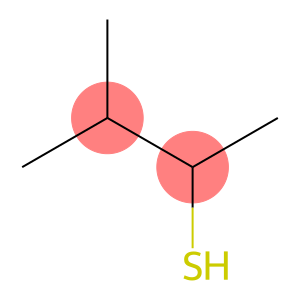Diiodomethane(CAS#75-11-6)
| Risk Codes | R36/37/38 – Irritating to eyes, respiratory system and skin. R22 – Harmful if swallowed R20/21/22 – Harmful by inhalation, in contact with skin and if swallowed. |
| Safety Description | S26 – In case of contact with eyes, rinse immediately with plenty of water and seek medical advice. S37/39 – Wear suitable gloves and eye/face protection S36/37/39 – Wear suitable protective clothing, gloves and eye/face protection. |
| UN IDs | 2810 |
| WGK Germany | 3 |
| RTECS | PA8575000 |
| FLUKA BRAND F CODES | 8 |
| TSCA | Yes |
| HS Code | 29033080 |
| Hazard Class | 6.1 |
| Packing Group | III |
| Toxicity | LD50 orally in Rabbit: 76 mg/kg |
Introduction
Diiodomethane. The following is an introduction to the properties, uses, preparation methods and safety information of diiodomethane:
Quality:
Appearance: Diiodomethane is a colorless to light yellow liquid with a special odor.
Density: The density is high, about 3.33 g/cm³.
Solubility: soluble in organic solvents such as alcohols and ethers, insoluble in water.
Stability: Relatively stable, but may be decomposed by heat.
Use:
Chemical research: Diiodomethane can be used as a reagent in the laboratory for organic synthesis reactions and the preparation of catalysts.
Disinfectant: Diiodomethane has bactericidal properties and can be used as a disinfectant in some specific situations.
Method:
Diiodomethane can generally be prepared by:
Reaction of methyl iodide with copper iodide: Methyl iodide is reacted with copper iodide to produce diiodomethane.
Methanol and iodine reaction: methanol is reacted with iodine, and the generated methyl iodide is reacted with copper iodide to obtain diiodomethane.
Safety Information:
Toxicity: Diiodomethane is irritating and damaging to the skin, eyes, and respiratory system, and may have effects on the central nervous system.
Protective measures: Wear protective glasses, gloves and gas masks when using to ensure a well-ventilated laboratory environment.
Storage and Handling: Store in a sealed, cool, well-ventilated place, away from fire and oxidants. Waste liquids should be disposed of in accordance with relevant environmental regulations.








